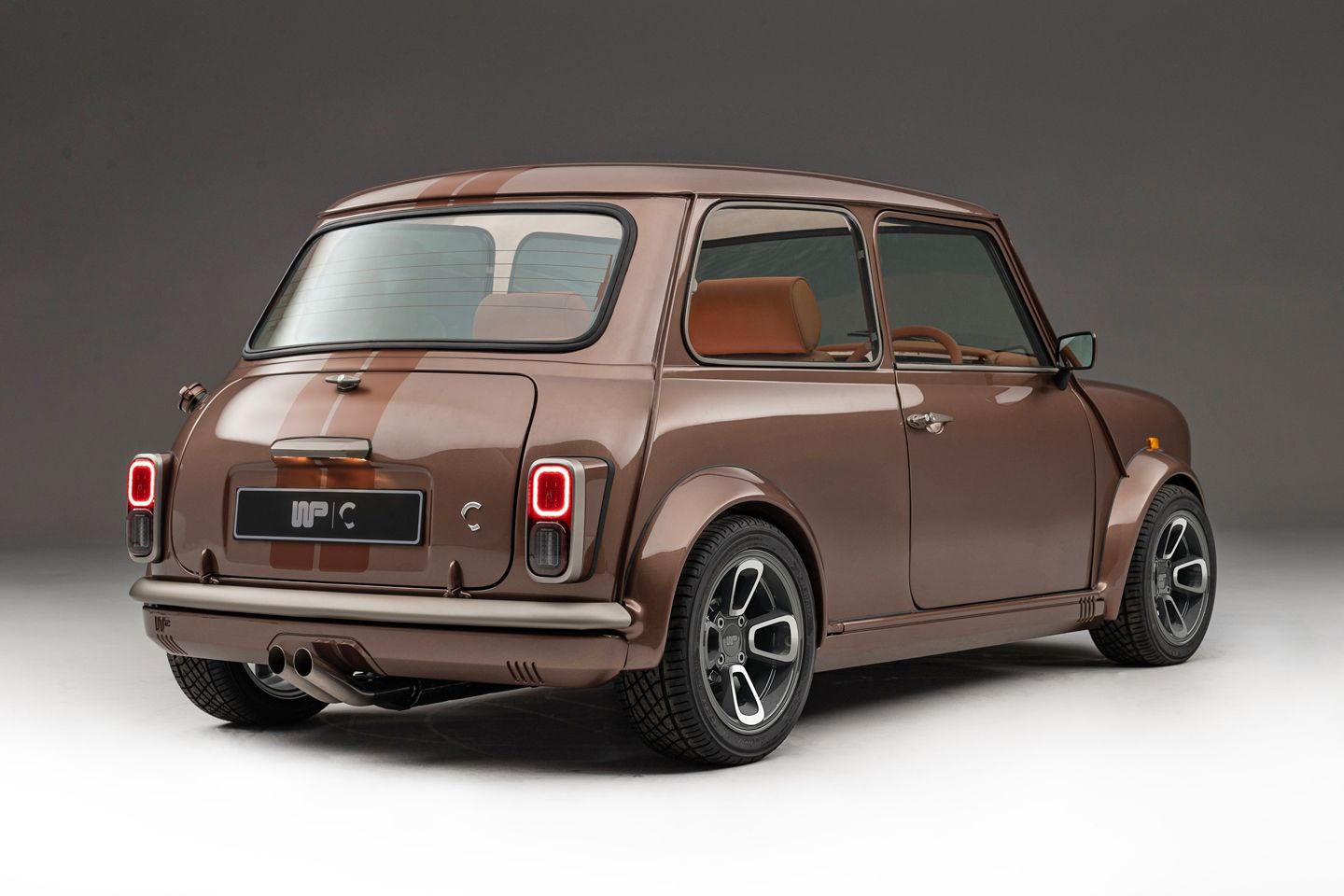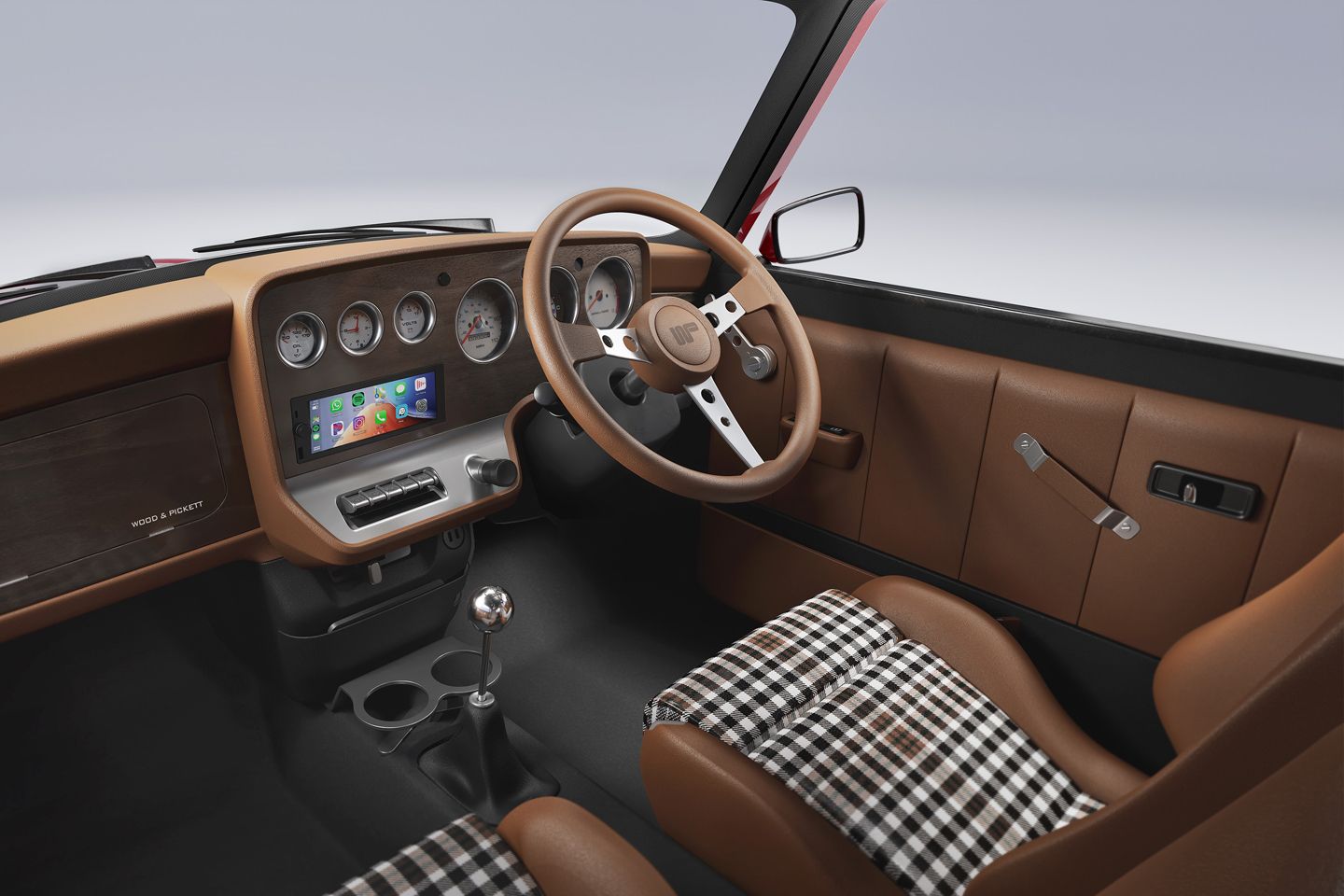
Although it might be a rare scene these days, Mini ‘Mini was the subject of more affection than most of the cars you get in ten life. Often it tops lists of the best British car ever, and is often used as a bilateral word for a kind of creativity that appears to have come naturally for people in the fifties and sixties. Thus, attempts to update them (beyond the successful BMW heavily in doing so in bulk) have spread over the years – and given the attractiveness of light light cars in an increasingly powerful era, is unlikely to stop anytime soon.
For example, wood and bikini mini by Callum. Unless you are of a certain age, the first name may not look immediately familiar, but Wood and Pickett were among a number of miniature specialists on the day when the car rushed to more distinct customers. The company claims that a number of celebrities among its former customers, and while it decreased to the bottom of the radar in recent decades, the repetition that was activated (under the new ownership) has sought to return to the days of its glory through a copy prepared by the MK5 Sports Pack Mini.
It is better to help in this endeavor from Callum (we will ignore his preference for capital messages), a design house that continues to turn its hand into almost any task. As expected, his design manager seems only a little persuasion: “The mini is one of the most important cars that have been created at all, not only for its innovative engineering, but for what he represents culturally as a symbol of British creativity and elegance,” said Ian CBE. “It is a car that broke the rules and has become an universal icon. Re -visualizing it through Callum, with a Wood and Pickett craftsmanship, was very rewarding.”


So what happens? Well, a design package for beginners. The MK5 was the final production version of the Mini (and it itself is classic), but in its new manners, its thresholds, and the end of an updated background, Callum believes it has been exposed to Wood and Pickett heritage as trained trees. Inside, the changes are more surprising, with a newly designed information panel that includes a piano -style key pack and what appears to be information about a touch screen. Not to mention the Reams of Bridge of Weir Leather, and a suitability and an end that you cannot dream of British Leyland.
Fortunately, not everything is offered and not growing either. Nor is the electrician, fortunate. Quite the opposite, in fact: under the small hood, you can get what Wood and Picette describes as a 3.3-liter A-Series engine that develops about 110 hp, connected to a new engineering gear gearbox and a new twin exhaust. To achieve the best possible use of it, you can get a “clap on the road” suspension alongside the widespread brakes and wheels of 13 -inch alloys designed from Callum that seem less dense than those that Rover attached 25 years ago.
No performance numbers have been called for the result, but the previous experience of Fast Minis indicates that almost doubling the output should make the car a seed of dandelion in a hurricane. This is a good thing when you think that wood and biki mini by Callum, each of them is manually designed in Britain, will start from 75,000 pounds. Its maker suggests that there will be no two and that each customer be encouraged to cooperate in the appearance of his limited car from today. The first is the result of David Gandhi’s vision and will be shown at Heveningham Concours this week. Let’s hope for more follow -up.
